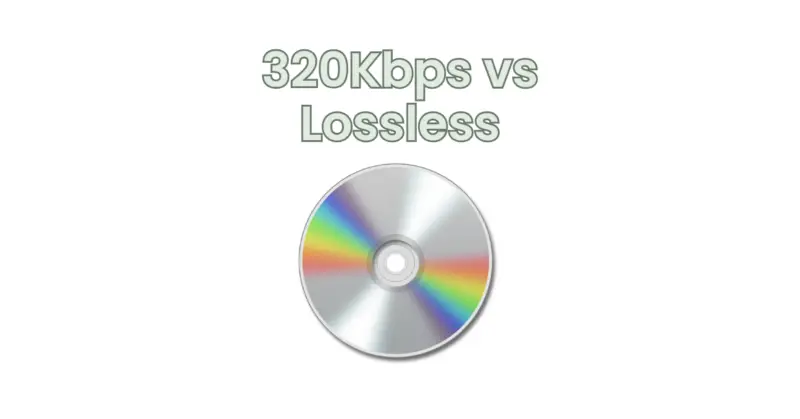When it comes to digital audio, the debate between 320kbps (kilobits per second) and lossless formats often arises. Lossless audio formats, such as FLAC (Free Lossless Audio Codec) or ALAC (Apple Lossless Audio Codec), aim to preserve the original audio quality without any data loss or compression. In this article, we will explore the differences between 320kbps and lossless audio, helping you understand the trade-offs involved in choosing between the two.
Understanding Audio Compression:
Audio compression is the process of reducing the file size of digital audio by removing or reducing certain elements that are less perceptible to the human ear. Compression is commonly used to create smaller audio files that are easier to store, transmit, or stream. However, audio compression inevitably leads to some loss of audio quality.
320kbps Audio Quality:
320kbps is a commonly used bitrate for compressed audio files, such as MP3 or AAC formats. This level of compression aims to strike a balance between file size and audio quality. At 320kbps, the audio data is compressed to approximately one-tenth of its original size. While some audio information is removed to achieve this compression, the resulting files still provide a satisfactory listening experience for most listeners.
Lossless Audio Quality:
Lossless audio formats, such as FLAC or ALAC, provide audio quality that is identical to the original source. These formats use compression techniques that preserve all the audio data without any loss or alteration. Lossless files offer the highest level of audio fidelity, capturing the full range of frequencies, dynamics, and nuances present in the original recording.
Differences between 320kbps and Lossless Audio:
- Audio Fidelity: Lossless audio formats offer the highest audio fidelity, as they preserve the original audio quality without any loss or degradation. On the other hand, 320kbps audio files sacrifice some audio details due to compression, resulting in a slight loss of fidelity compared to lossless formats. However, the difference may not be perceptible to the average listener or when using consumer-grade audio equipment.
- File Size: 320kbps audio files are significantly smaller in size compared to lossless files. The compression used in 320kbps files reduces their file size while still delivering a satisfactory listening experience. In contrast, lossless files maintain the full audio quality but require more storage space due to their larger file sizes.
- Device Compatibility: Most modern devices and media players support 320kbps audio files, including portable music players, smartphones, and computers. Lossless formats like FLAC or ALAC may have broader compatibility limitations, particularly with older or less common devices and software.
- Personal Preference: The choice between 320kbps and lossless audio often comes down to personal preference and individual listening habits. If you have a discerning ear, high-quality audio equipment, or engage in critical listening sessions, you may prefer the uncompromised audio fidelity offered by lossless formats. However, if convenience, storage space, or device compatibility are more important to you, 320kbps audio files may be a suitable compromise.
Choosing Between 320kbps and Lossless:
The choice between 320kbps and lossless audio depends on several factors:
- Audio Fidelity: If you prioritize the highest possible audio fidelity and have sufficient storage space, lossless formats like FLAC or ALAC are recommended.
- Storage Space: Consider the available storage capacity on your devices and the amount of music you plan to store. Lossless files require more space compared to 320kbps files. If storage space is a concern, 320kbps files provide a good balance between quality and file size.
- Device Compatibility: Evaluate the devices and media players you use for playing your music. Ensure they support the chosen audio format. Most devices can handle 320kbps files, while lossless formats may have limitations on certain devices or software.
- Personal Preference: Ultimately, personal preference plays a significant role. Some listeners may be satisfied with the audio quality provided by 320kbps files, while others may value the unaltered audio fidelity of lossless formats.
In conclusion, 320kbps and lossless audio formats offer different trade-offs in terms of audio quality, file size, and device compatibility. Lossless formats provide the highest audio fidelity but require more storage space, while 320kbps files offer a compromise between quality and file size. Consider your priorities, storage capacity, device compatibility, and personal listening preferences to make an informed decision between 320kbps and lossless audio.

